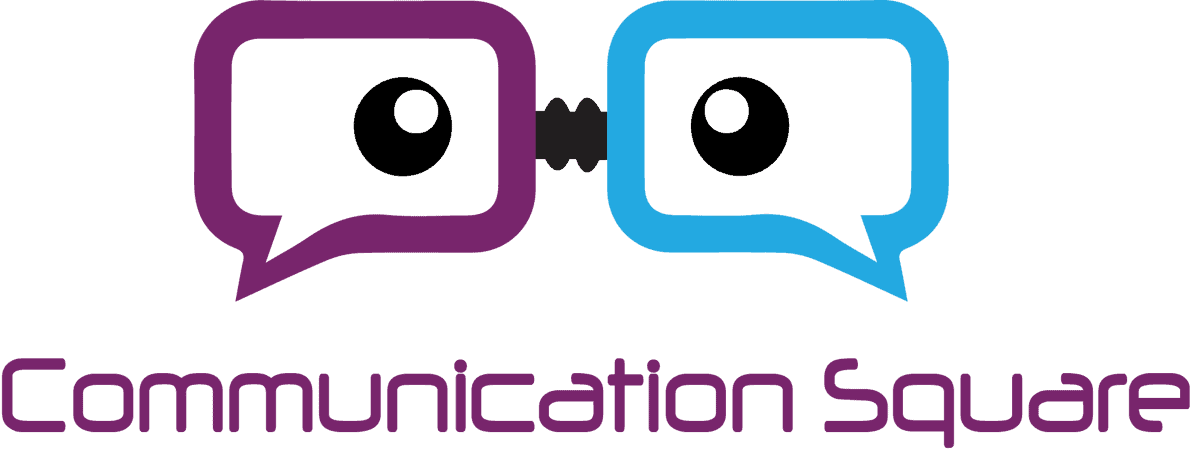In today's rapidly evolving educational landscape, remote collaboration has become a vital component. It is necessary for effective learning. Educational institutions worldwide are continually seeking innovative solutions. They develop and foster virtual teamwork and seamless communication among students and educators. One powerful tool is Microsoft SharePoint. It holds the potential to transform this dynamic. This article delves into the ways in which Microsoft SharePoint can revolutionize remote collaboration in education. If you're new to the platform, understanding the 6 benefits of SharePoint can provide a solid foundation. It addresses challenges and offers tangible solutions for enhanced engagement and productivity.
Empowering Virtual Engagement
Remote learning presents many challenges. Such as limited face-to-face interaction and the potential for students to feel disconnected. Microsoft SharePoint offers a multifaceted platform that caters to the diverse needs of educational institutions. By harnessing its collaborative features, educators can create dedicated spaces. Students engage in discussions, share resources, and collaborate on projects in real-time. These digital environments transcend geographical barriers. This tool fosters a sense of belonging and active participation. When comparing tools, it's worth considering SharePoint vs OneDrive to decide on the best platform for your needs.
Overcoming Challenges through Examples
Practical answers are the greatest way to deal with educational problems. The best illustration considers this essay about overcoming a challenge such as those found in the extensive database of free essay samples at Eduzaurus. These examples provide insightful perspectives on how individuals conquer obstacles. It inspires students to approach their studies with resilience and determination. By seamlessly integrating a link to this repository of real-life experiences. Educators can enrich their virtual classrooms with relatable narratives of triumph.
Seamless Integration for Educators and Students
Microsoft SharePoint has a user-friendly interface. It facilitates effortless navigation for both educators and students. Its integration with the Microsoft 365 suite enables seamless access to documents, presentations, and collaborative tools. For instance, a student grappling with a challenging essay topic can benefit from the constructive interaction between SharePoint and Microsoft Word. They can collaborate with peers and educators in real-time. It is receiving instant feedback and guidance. Thereby transforming a daunting task into a shared learning experience. Additionally, SharePoint's strength lies in its capacity as a SharePoint Document Management System, ensuring robust management and organization of content.
Building a Repository of Expertise
A cornerstone of effective remote collaboration is the availability of resources that cater to diverse learning needs. Microsoft SharePoint provides a centralized repository where educators can curate and share valuable materials, ranging from scholarly articles to video tutorials. This expansive database enriches the learning experience, offering students a holistic perspective on several topics and enhancing their comprehension. By incorporating this vast collection of knowledge, educators can ensure that every student has access to expertly curated resources.
Fostering a Collaborative Learning Culture
Successful remote collaboration extends beyond the virtual realm; it instills a culture of teamwork and communication that transcends geographical constraints. Microsoft SharePoint's discussion boards and announcement features enable educators to initiate meaningful dialogues, encouraging students to share their thoughts, ask questions, and engage in lively debates. Nurturing such interactions fosters critical thinking, honest communication skills, and cultivates a sense of community—a testament to the power of technology to unite learners.
Enhancing Student-Centric Experiences
Personalized education is paramount in remote learning environments. Microsoft SharePoint's adaptability empowers educators to tailor content and assignments to individual student needs. For instance, a college professor addressing the challenge of diverse student proficiency levels can use SharePoint to design differentiated tasks, ensuring that each student engages meaningfully and makes progress at their own pace. This flexibility maximizes the impact of remote collaboration, catering to the unique learning journey of every student.
Microsoft SharePoint helps to arrange:
- clear and intuitive site structure and navigation.
- control access to content through permission levels.
- version Control and Document Management.
Summary
In conclusion, Microsoft SharePoint emerges as a versatile ally in the realm of remote collaboration in education. It is possible by addressing challenges and offering innovative solutions. This program empowers educators to create engaging virtual environments that mirror the dynamics of traditional classrooms. Through seamless integration, extensive resources, and personalized experiences. Microsoft SharePoint proves that technology can bridge gaps, inspire learning, and amplify the impact of remote collaboration in education.Last Updated 1 year ago

